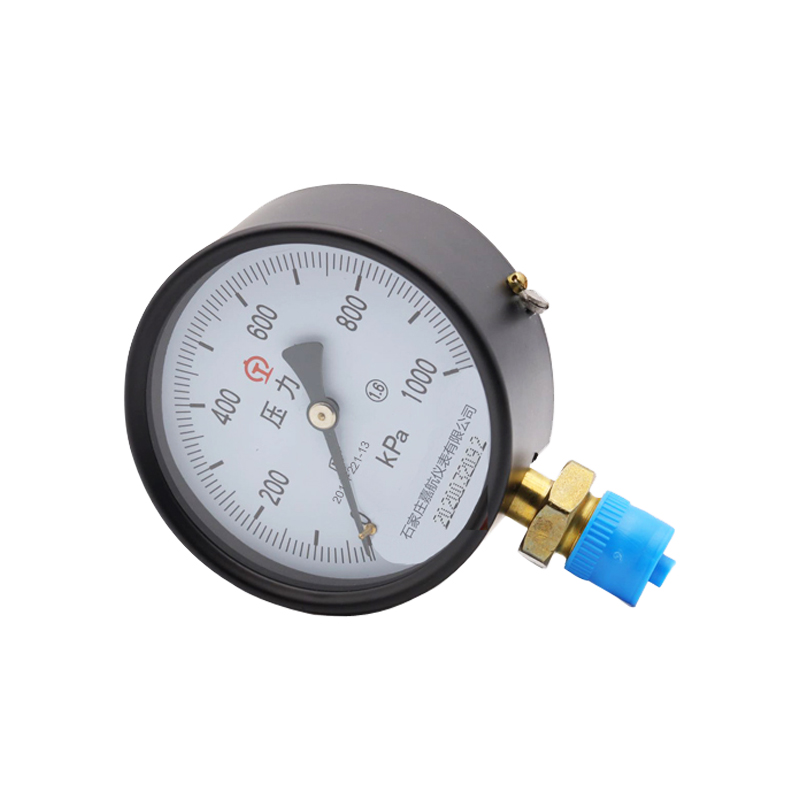
Aug . 28, 2024 19:43 Back to list
differential pressure gauge accuracy
Understanding Differential Pressure Gauge Accuracy
Understanding Differential Pressure Gauge Accuracy
One of the key aspects that determine the accuracy of a differential pressure gauge is its design and construction. Various types of gauges, such as diaphragm, piezoresistive, and capacitive, offer different levels of accuracy based on their inherent mechanisms. Diaphragm-based gauges, for instance, are widely used due to their robustness and ability to withstand harsh environmental conditions. However, the choice of material and the quality of manufacturing can significantly impact performance. Selecting a reliable supplier with a reputation for quality can help ensure that the gauge meets the required accuracy specifications.
differential pressure gauge accuracy

Calibration is another critical factor that affects the accuracy of differential pressure gauges. Regular calibration ensures that the gauge provides precise readings by comparing its measurements against a known standard. Over time, factors such as wear and tear, temperature fluctuations, and environmental conditions can cause a gauge’s accuracy to drift. Therefore, adhering to a routine calibration schedule is essential for maintaining reliable measurements.
Environmental conditions also play a significant role in gauge accuracy. Temperature fluctuations, humidity, and vibrations can interfere with the performance of differential pressure gauges. To mitigate these effects, it is important to install gauges in suitable locations, away from extreme temperatures and mechanical vibrations. Additionally, using appropriate protective housings can help shield gauges from harsh conditions, thus preserving their accuracy.
In conclusion, the accuracy of differential pressure gauges is vital for effective process control and safety. By selecting high-quality gauges, ensuring regular calibration, and considering environmental influences, organizations can enhance measurement precision. This attention to accuracy not only improves operational efficiency but also minimizes risks associated with pressure monitoring, ultimately leading to safer and more reliable industrial processes.
-
Micro Differential Pressure Gauges High-Precision & Compact Solutions
NewsMay.20,2025
-
Pressure Gauges with Diaphragm Seals High-Accuracy & Corrosion-Resistant
NewsMay.20,2025
-
Capillary Type Differential Pressure Gauge Precision Measurement Solutions
NewsMay.19,2025
-
Diaphragm Seal Pressure Gauges High Accuracy & Corrosion Resistance
NewsMay.19,2025
-
Pressure Gauge with Diaphragm Seal & Manifold Reliable Industrial Solutions
NewsMay.18,2025
-
Digital Differential Pressure Gauge Price Precision Sensors & Best Deals
NewsMay.18,2025
